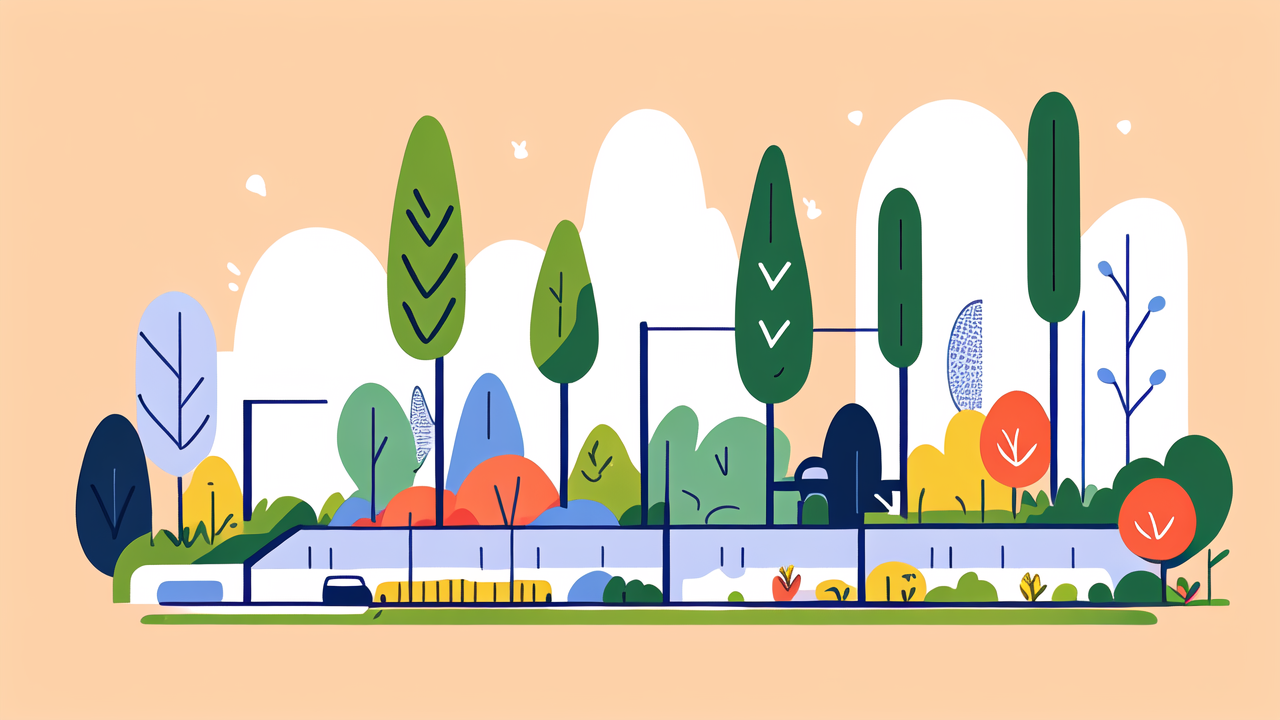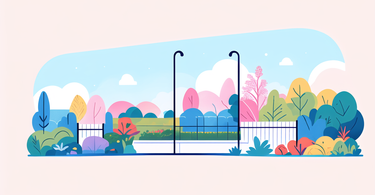The Benefits of Natural Fencing for Pet Owners
Understanding the Needs of Pet Owners for Fencing
Pet owners need fences that keep their furry friends safe and secure. Tall grass fences offer a natural solution. They create a barrier that most pets can't easily jump over or dig under. These fences provide visual privacy. This can reduce barking in dogs and stress in cats. Tall grass fences offer a soft boundary for pets to explore. They don't have sharp edges like metal fences. This makes them safer for playful pets. Natural fences can block unwanted noises. This creates a calmer environment for pets. They provide shade and shelter from wind. This keeps pets comfortable outdoors. Tall grass fences can deter some wildlife. This helps protect pets from potential threats. They also give pets a sense of their territory. This can make them feel more secure in the yard.

The Environmental and Aesthetic Advantages of Natural Fences
Natural fences made of tall grass are eco-friendly. They don't need harmful chemicals to maintain. Tall grasses improve air quality by absorbing CO2. They release oxygen, making your yard fresher. These fences create habitats for birds and insects. This boosts local biodiversity. Tall grass roots prevent soil erosion. They help manage rainwater runoff too. Aesthetically, tall grass fences are pleasing to the eye. They add a soft, natural look to your yard. The grasses sway in the breeze, creating movement. This adds visual interest to your landscape. Tall grass fences change with the seasons. They offer new colors and textures throughout the year. These fences blend well with other plants. They create a cohesive look in your garden. Natural fences can increase property value. They make your yard unique and attractive.
Strategies for Implementing Tall Grass Fences
Choosing the Right Tall Grass Varieties for Your Climate
Picking the right grass is crucial for a successful natural fence. Consider your local climate when choosing. For cold areas, try switchgrass or big bluestem. These grasses can handle frost and snow. In warm regions, pampas grass or fountain grass work well. They thrive in heat and need less water. Bamboo is a fast-growing option for many climates. It creates dense screens quickly. Native grasses are often the best choice. They're already adapted to your local conditions. This means they need less care. Some popular tall grass options include:

- Miscanthus (Maiden Grass)
- Panicum virgatum (Switchgrass)
- Pennisetum alopecuroides (Fountain Grass)
- Cortaderia selloana (Pampas Grass)
- Arundo donax (Giant Reed)
Look at the mature height of each grass. Make sure it will grow tall enough for your needs.
Designing Your Fence: Tips and Tricks
Designing a tall grass fence takes some planning. Start by mapping out where you want the fence. Measure the area to know how many plants you'll need. Plant grasses in staggered rows. This creates a fuller, more natural look. Mix different types of grass for variety. Use taller grasses at the back and shorter ones in front. This adds depth to your fence. Include curves in your design. Straight lines can look too artificial. Leave some spaces for your pets to explore. This makes the yard more fun for them. Add some large rocks or garden art. These elements make the fence more interesting. Plan for gates or openings. You'll need access to all parts of your yard. Check local rules about fence height. Make sure your design complies with regulations.
Maintenance and Care for Tall Grass Fences
Caring for your tall grass fence is important for its longevity. Water new plants regularly until they're established. Once grown, most tall grasses don't need much water. Trim the grasses once a year. Do this in late winter or early spring. Remove dead leaves and stems. This keeps the fence looking neat. Use a slow-release fertilizer in spring. This helps the grasses grow strong and tall. Watch for pests or diseases. Deal with any issues quickly. Divide overgrown clumps every few years. This keeps the fence thick and healthy. Add mulch around the base of the grasses. This helps retain moisture and stop weeds. Consider a simple watering system. This makes care easier during dry spells. Inspect the fence regularly. Look for any gaps or weak spots. Fix these to keep your pets safe.
Case Studies: Successful Tall Grass Fencing Solutions
Analyzing Different Types of Natural Fences
Natural fences come in many forms, not just tall grasses. Living willow fences are popular. They create a woven, sturdy barrier. Bamboo fences grow quickly and densely. They're great for fast privacy. Mixed hedgerows use different plants. This creates a diverse, wildlife-friendly fence. Evergreen shrubs offer year-round screening. They're good for windy areas. Flowering vines on trellises make colorful borders. Each type has its own pros and cons. Growth rate, density, and seasonal changes vary. Some need more care than others. Consider your needs and local climate when choosing. Think about how each type might work for your pets. Some may be better for small pets, others for larger ones.

Real-Life Applications: How Pet Owners Personalized Their Fences
Many pet owners have created unique tall grass fences. One family used a mix of switchgrass and fountain grass. They added a gravel path inside for easy checking. Another owner planted pampas grass around a cat enclosure. They put climbing structures in the grass for their cats to enjoy. A couple with small dogs used short and tall grasses. This created layers while still containing their pets. One creative owner made a bamboo maze for their dogs. It gave the dogs a fun area to explore. Some owners added small gaps in the fence. This let their pets peek out without escaping. Others planted catnip near the fence for their felines. These examples show how flexible natural fences can be.
Lessons Learned from Natural Fencing Implementations
Pet owners have learned valuable lessons from using natural fences. Good planning is key to success. Regular upkeep helps prevent escape routes. Some found that mixing tall grasses with low barriers works well. This stops diggers and jumpers. Introducing pets to the new fence slowly is important. It helps prevent damage from excited animals. Choosing non-toxic plants is crucial. This keeps curious pets safe. Some owners had to add underground barriers. This stopped determined diggers. Winter can make grass fences less dense. Some use temporary additions during cold months. Being flexible and watching how pets interact with the fence is important. It helps owners make needed adjustments. Overall, natural fences can work well with some thought and care.
